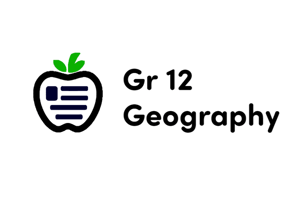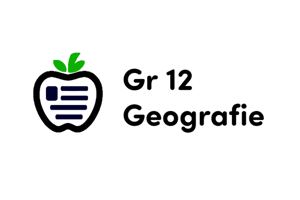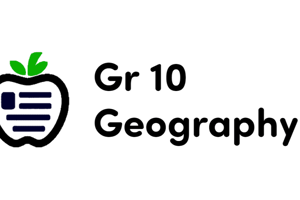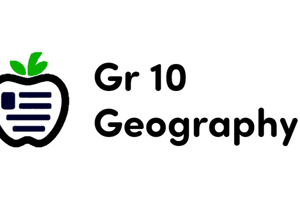Podcast
Questions and Answers
What is the main function of a GIS Application in a GIS?
What is the main function of a GIS Application in a GIS?
- To store digital data
- To display geographical information
- To allow users to work with digital data (correct)
- To manage various kinds of GIS data
What is the primary purpose of Data Management in a GIS?
What is the primary purpose of Data Management in a GIS?
- To perform spatial analysis
- To manage and convert various kinds of GIS data (correct)
- To create maps and charts
- To make decisions using geoprocessing techniques
What is the term for the process of searching for patterns in the data using spatial analysis?
What is the term for the process of searching for patterns in the data using spatial analysis?
- Spatial analysis (correct)
- Geoprocessing
- Data modeling
- Spatial query
What is the term for the process of converting data between different formats in a GIS?
What is the term for the process of converting data between different formats in a GIS?
What is the purpose of a Professional cartographic tool in a GIS?
What is the purpose of a Professional cartographic tool in a GIS?
What is the term that refers to the way GIS stores and manipulates data files and relationships?
What is the term that refers to the way GIS stores and manipulates data files and relationships?
What is the role of theories and techniques in Geography in relation to GIS?
What is the role of theories and techniques in Geography in relation to GIS?
What is the primary difference between GIS and Geospatial?
What is the primary difference between GIS and Geospatial?
What is the result of transforming table information into a spatial context for analysis?
What is the result of transforming table information into a spatial context for analysis?
What is the significance of the term 'Geographic' in GIS?
What is the significance of the term 'Geographic' in GIS?
What is the significance of relative location in GIS?
What is the significance of relative location in GIS?
Flashcards are hidden until you start studying
Study Notes
Overview of GIS
- GIS stands for “Geographical Information System” and is essential for spatial data analysis.
- It integrates digital data, computer hardware, and software to facilitate geographical information processing.
Components of GIS
- Digital Data:
- Represents geographical information for analysis and visualization.
- Computer Hardware:
- Includes computers that store data, display graphics, and process information.
- Computer Software:
- Comprises programs that enable users to interact with digital data; GIS Applications are an example of such software.
Data Management in GIS
- Handles various types of GIS data, including vector, raster, images, and databases like SQL Server and Oracle.
- Involves data models and architectures, along with utilities for data conversion (import/export).
Analysis Capabilities
- Spatial Analysis:
- Involves queries based on proximity, overlay, and advanced geoprocessing techniques.
- Decision Support:
- Offers flexibility and customization through programming and scripting to facilitate data analysis.
Visualization Tools
- GIS excels in visualization through multiple formats:
- Maps, charts, graphs, and tables.
- Supports various coordinate systems in both 2D and 3D representations.
- Tools are available for web, desktop, and handheld devices.
Functionality of GIS
- Combines database management, analysis, and visualization to discover patterns that may not be apparent otherwise.
- Uses maps as a critical tool for spatial analysis, transforming data into visual contexts for clearer understanding.
Geographic and Informational Importance
- The “G” signifies the importance of geographic location, emphasizing relative location’s significance in spatial context.
- The “I” represents the information aspect, merging factual and interpretative data for comprehensive analysis and insight.
Trends in the GIS Industry
- The transition towards defining the Geospatial industry, focusing on data and procedures rather than academic geographic principles.
- Geospatial encompasses all GIS components integrated with other domains like remote sensing and GPS.
Studying That Suits You
Use AI to generate personalized quizzes and flashcards to suit your learning preferences.




